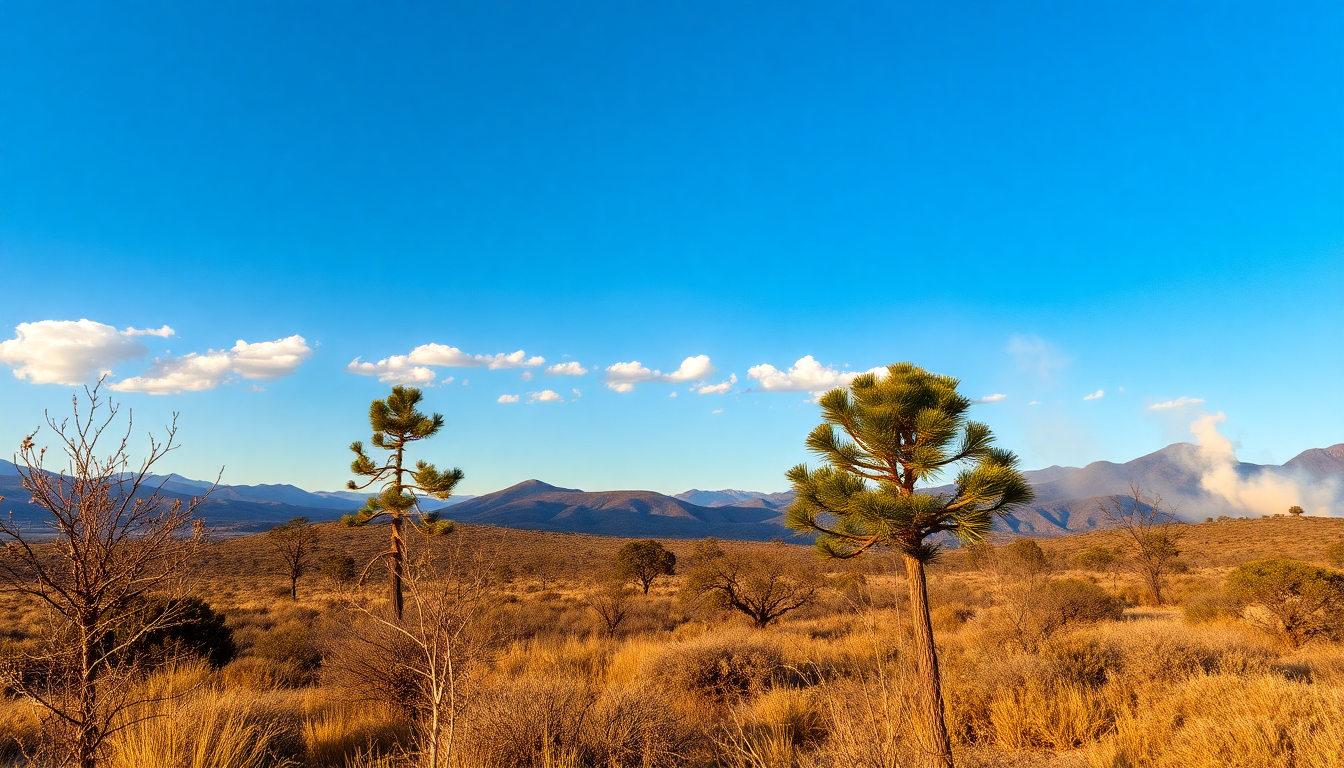Table of Contents
As summer rolls in, California braces itself for a surge in wildfire risks. Experts are sounding the alarm, predicting more activity during the driest months. Although the state has had a relatively calm start to the season, the reality is that high temperatures combined with dry vegetation create a perfect storm for wildfires.
So, what’s the current state of wildfires in California, and how does it impact the environment, economy, and our emergency readiness? Let’s dive in.
The Current Landscape of Wildfires in California
California has become a hot topic when it comes to wildfires, especially with some staggering statistics surfacing in recent years.
In 2024 alone, the state recorded over 8,000 wildfires, emphasizing just how serious the situation has become. Major incidents like the Eaton and Palisades fires in Los Angeles racked up nearly $40 billion in insured losses and tragically claimed about 30 lives.
These heartbreaking events have ignited conversations around better fire management and preparedness. Wouldn’t you agree that it’s time for a serious rethink?
Senator Alex Padilla has been vocal about the immediate need for increased federal investment in fire preparedness. He pointed out that while fire season is a year-round concern in California, the peak is just around the corner.
The fires that sparked during the unusually mild month of January remind us just how unpredictable wildfire activity can be in the state.
What Factors Influence Wildfire Intensity?
So, what’s actually fueling these wildfires? Experts suggest that even though California’s wildfire season has been relatively quiet so far, the conditions are primed for potential escalation.
Currently, around 23% of the state is grappling with severe to exceptional drought conditions. The dry vegetation, especially in Southern California’s chaparral regions, significantly heightens the risk of rapid fire spread once ignited.
The unpredictability of wildfire seasons comes down to a mix of factors, including high winds, extreme heat, and sometimes, human error.
Did you know that downed power lines or a campfire not fully extinguished can start a blaze? Once a fire ignites, its growth heavily relies on environmental factors like wind speed and the availability of firefighting resources. It’s a complex web of interactions, isn’t it?
Looking back at the record-breaking fire seasons of 2020 and 2021, we are reminded of the devastating impact wildfires can have. Scientists are now focusing on indicators like drought levels and soil moisture to predict fire activity. The persistent challenge remains: while many factors can spark a fire, how far it spreads often depends on the fuel available—primarily that dry vegetation.
Preparing for the Future: Strategies and Recommendations
In light of the escalating threat of wildfires, California is stepping up with measures designed to mitigate these risks. One effective strategy has been an increased focus on prescribed burns, which are controlled fires aimed at reducing excess vegetation and preventing larger, uncontrolled wildfires. According to Cal Fire, the goal is to treat 500,000 acres annually through these efforts, but this year it has only managed about 156,000 acres. Clearly, there’s a pressing need for more aggressive action.
Fire scientists stress the importance of comprehensive fuel reduction initiatives. Without adequate intervention, the impact of wildfires will only continue to grow. The ongoing discussions surrounding funding for emergency services and weather forecasting are also crucial in shaping California’s preparedness for fire season. Cuts to these essential services could severely limit the state’s ability to respond effectively to wildfires and predict their behavior. Isn’t it critical that we support these initiatives?
As we head deeper into peak fire season, it’s vital for everyone—government officials, communities, and individuals—to recognize the importance of taking proactive measures. Enhanced coordination and resource allocation will be crucial in tackling the challenges posed by wildfires and ensuring the safety of both California’s residents and its ecosystems. So, what steps will you take to stay informed and prepared this season?





